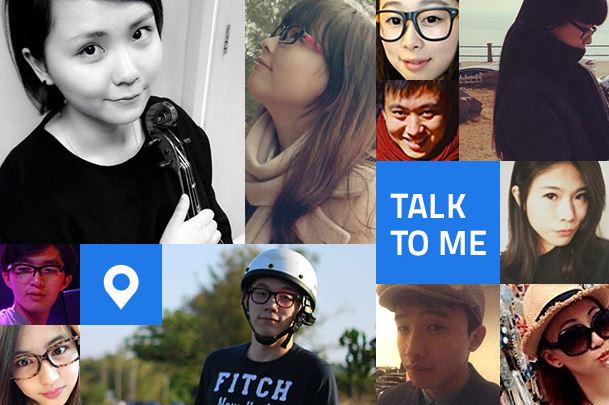Momo, a popular Chinese mobile social app, that went public in NASDAQ at the end of 2014, has been steadily gaining in popularity. Although it is no rival to WeChat by any measure, it is the third largest fully mobile app after WeChat and QQ.
It has achieved 2.5 percent penetration rate which is no small feat in the crowded app market in China, although it still dwarfs in comparison with WeChat with over 80 percent penetration.
While WeChat and QQ are for connecting with friends, Momo is an app for connecting with strangers based on interests and location. Its closest equivalent in the Western market would be Tinder or Grindr. The app has been gaining in popularity in the recent years, transforming itself from a hook-up app into broader social network Designed to connect people based both location and interests, by the end of 2014 it claimed to have 180.3 million registered accounts, 60.2 million monthly active users, 25.5 million daily active users.
The company started monetizing also in 2014 but hasn’t been profitable. After IPO, things have began to change and in Q1 2015, Momo achieved total net revenues of US$26.3, up 383 percent on the same period last year. US$6.1 million of that was from social gaming, US$13.0 million from paid memberships, and US$1.1 million from paid emoticons and the gifting feature.
The app managed to make a net income of US$6.7 million in Q1 2015, compared to a net loss of nearly US$3 million at the end of 2014.
Unlike WeChat, Momo doesn’t have an English version – it was shut down earlier with the promise to come back one day. At the moment, Momo has decided to stay focused on domestic market and Chinese communities overseas.
The app is free and its revenue comes primarily from gaming, premium membership fees (it has 2.3 million paying membership subscribers), emoticon sales and advertising. In fact, advertising seems to be one of the most promising routes to generate revenue – Momo has also launched a new advertising platform for offline retailers.
One of the potential advertising possibilities are around targeting customers through location based service. For example, while users are scanning for people to connect with, an interest-based ad of a store or a club can be inserted with the results. It could be offering a discount or a free drink, inviting people in the area to pay a visit.
Advertisers would simply specify the geographic area and the time period of ad placement and Momo would display it based on those settings. Currently, it charges 10 RMB each time user interacts with an ad. It is very likely that Momo will continue adding services that allow business to advertise and target users based on their profiles.
In August 2014, Momo Inc. launched Dao Dian Tong, a marketing tool for local merchants. Through Dao Dian Tong, local businesses and merchants can construct profile pages that allow Momo users to find them with the Momo’s LBS. Members can see the businesses just as they would see other Momo users. Momo Inc. plans to further monetize user traffic by referring users from the Momo platform to e-commerce companies.
There is little doubt that Momo’s user base, just like WeChat’s, will continue growing in China, especially considering the fact that Chinese government started to gradually shut down foreign based messaging apps. This year, Line and Kakao Talk got blocked and Viber has been experiencing periodic disruptions on the Mainland. Whatsapp is still working in China but its users may be quickly moving to a more stable and features-rich WeChat, and, possibly Momo as well.
2015 was all about live streaming in China and Momo has also added live-streaming function which helped it gaining more users and revenue around it.





